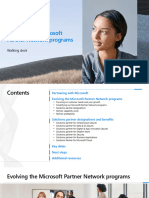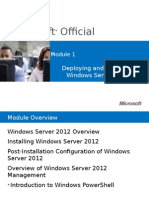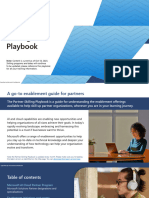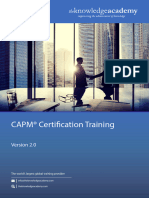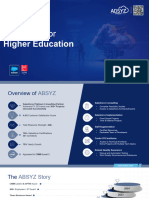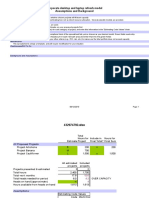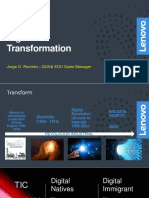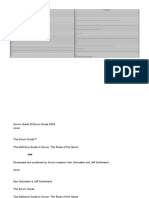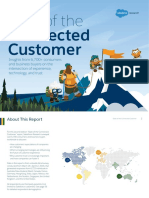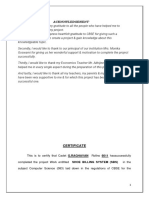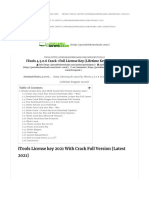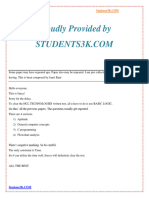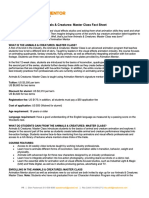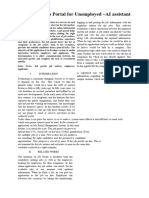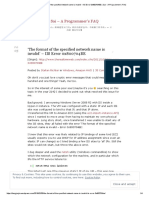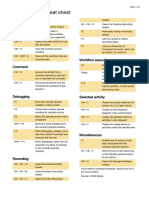0% found this document useful (0 votes)
69 views10 pagesService Management in Cloud Computing
The document discusses service management in cloud computing, highlighting its evolution from traditional IT service management to cloud-native practices. It outlines key challenges such as security, complexity, and integration, while also addressing governance frameworks and optimization strategies for IaaS, PaaS, and SaaS. Additionally, it explores future trends like AI, serverless computing, and edge computing that will influence cloud service management.
Uploaded by
bmithra56Copyright
© © All Rights Reserved
We take content rights seriously. If you suspect this is your content, claim it here.
Available Formats
Download as PDF, TXT or read online on Scribd
0% found this document useful (0 votes)
69 views10 pagesService Management in Cloud Computing
The document discusses service management in cloud computing, highlighting its evolution from traditional IT service management to cloud-native practices. It outlines key challenges such as security, complexity, and integration, while also addressing governance frameworks and optimization strategies for IaaS, PaaS, and SaaS. Additionally, it explores future trends like AI, serverless computing, and edge computing that will influence cloud service management.
Uploaded by
bmithra56Copyright
© © All Rights Reserved
We take content rights seriously. If you suspect this is your content, claim it here.
Available Formats
Download as PDF, TXT or read online on Scribd
/ 10











